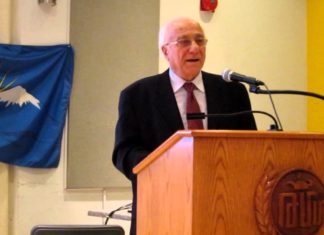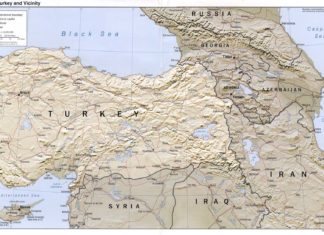By Edmond Y. Azadian
Armenians have a knack for living in or placing their major national treasures in troubled spots around the globe. The Caucasus and the Middle East have been historically volatile regions, where rival political forces have clashed and Armenia and Armenians have often constituted the collateral damage.
Following the Genocide, large masses of survivors settled in Middle Eastern countries, which served as a safe haven, only to deteriorate in time one by one, undermining the lives of well-established communities.
Thriving Armenian communities in Egypt, Iraq, Iran, Jordan, Lebanon have shrunk into mere skeletons of their former selves. Today, it is the turn of Syria, where a vibrant Armenian community lives.
In most of those countries — perhaps except for Egypt — Armenian presence dates back to the Genocide era. The only spot that the Armenians have been anchored for almost 2,000 years has been Jerusalem. Archeological excavations have proven that Armenians have lived in the Holy Land even before the Christian era. And Patriarch Abraham of Jerusalem traveled to Mecca in the seventh century to secure special privileges for the patriarchate from the prophet Mohammed himself.
Jerusalem being the land of miracles, the survival of the Armenian Patriarchate can be defined as one of those miracles. Our historic experience has given us good reason to vilify the Ottoman rulers for their treatment of their minority subjects, but at times, for their own good, they have supported the Armenian interests, indirectly. One being Fatih Sultan Mohammed, who conquered Constantinople in 1453. He encouraged the establishment of the Armenian Patriarchate in Istanbul as a counterweight to the Greek Patriarchate.








